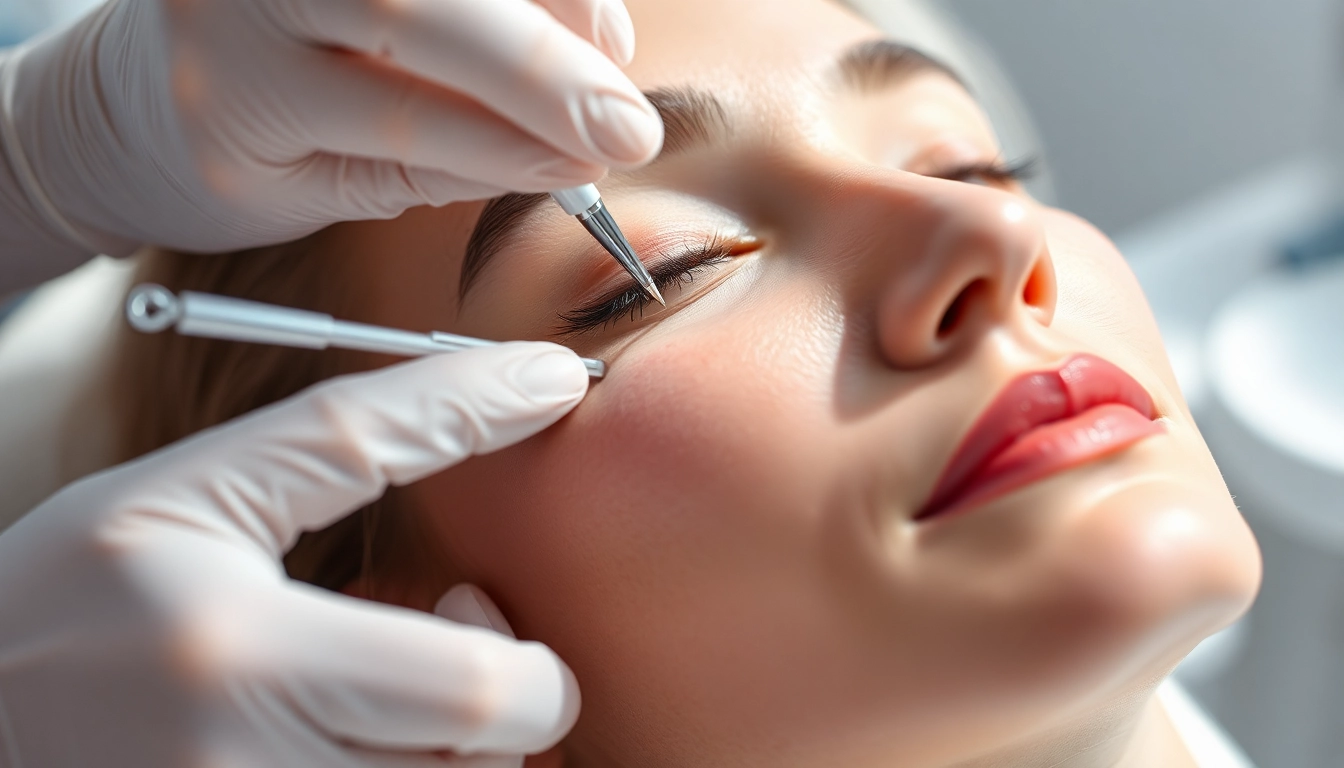Understanding Lifting Threads PDO: A Comprehensive Guide
In the quest for youthful skin, many individuals seek effective, less invasive alternatives to traditional surgical procedures. One such revolutionary option gaining popularity is the lifting threads pdo. This innovative technique utilizes polydioxanone (PDO) threads to lift sagging skin while encouraging natural collagen production. This article explores the ins and outs of lifting threads PDO, providing extensive insights into the procedure, benefits, and everything potential candidates need to know.
What are Lifting Threads PDO?
Definition and Overview
Lifting threads PDO are thin, biodegradable threads made from a medical-grade material called polydioxanone. Originally used in surgical sutures, PDO threads have been adapted for cosmetic use to create a non-surgical facelift effect. When inserted under the skin, these threads provide an immediate lifting effect, resulting in tighter and more youthful skin. Over time, the body naturally absorbs the threads, leaving behind a collagen framework that helps maintain the lift and improve skin elasticity.
How Lifting Threads PDO Work
The lifting threads PDO procedure begins with identifying areas of concern, typically around the cheeks, jawline, and neck. Using a fine needle or cannula, the PDO threads are strategically inserted beneath the skin’s surface. The threads have barbs or hooks that anchor them into the tissue, allowing the provider to gently lift and secure the skin in its new position. This technique not only lifts the skin but also stimulates collagen production, leading to longer-lasting results.
Types of Lifting Threads PDO
There are several types of PDO threads, each designed for specific lifting effects and target areas:
- Monothreads: These threads are smooth and are best for creating volume and collagen stimulation without significant lifting.
- Barbed Threads: Equipped with tiny hooks along their length, these allow for a more pronounced lifting effect, making them ideal for areas that require more support.
- Twisted Threads: These threads provide additional support and can be used to enhance volume in specific areas by expanding the tissue.
Benefits of Lifting Threads PDO
Immediate and Long-Term Results
One of the outstanding benefits of lifting threads PDO is the immediate visible result. Patients often notice a lift right after the procedure, with complete results visible typically within a few weeks as swelling subsides and collagen build-up occurs. Long-term results continue to improve as the body produces collagen, with effects lasting anywhere from six months to two years depending on individual factors such as skin condition and lifestyle.
Minimally Invasive Advantages
Unlike surgical facelifts, lifting threads PDO is minimally invasive, which translates into less downtime, lower risk of complications, and a quicker recovery. Most patients can return to their daily activities swiftly, often within a day or two following the procedure. The non-surgical nature also eliminates the scarring often associated with traditional lifting procedures.
Boosting Collagen Production
As mentioned, PDO threads stimulate collagen production, which is crucial for rejuvenating skin. Collagen acts as the skin’s support structure, and as we age, its natural production decreases. By initiating the body’s own healing response, PDO threads encourage the formation of new collagen, which helps improve skin elasticity and texture over time, leading to a more youthful appearance.
The Lifting Threads PDO Procedure
Consultation and Assessment
Before undergoing a PDO thread lift, patients will have a thorough consultation with a qualified provider. During this session, the practitioner will assess the skin, discuss specific aesthetic goals, and create a tailored treatment plan. This step is critical to ensure realistic expectations and to address any concerns regarding the procedure.
The Procedure Steps
The lifting threads PDO procedure typically involves the following steps:
- Preparation: The area to be treated is cleansed, and a numbing agent may be applied to minimize discomfort.
- Insertion: Using a fine needle or cannula, PDO threads are inserted into the skin at strategic points.
- Adjustment: Once inserted, the practitioner gently pulls on the threads to achieve the desired lift and position.
- Securing: The threads are anchored in place, ensuring they provide support and stability for the lifted skin.
Aftercare and Recovery Guidelines
Post-procedure care is vital for optimal recovery and results. Patients are usually advised to refrain from strenuous activities for at least 24 hours and to avoid makeup on the treatment areas for a short period. Over the following weeks, minor swelling or bruising may occur, but these effects typically resolve quickly. Guidelines may also include gentle facial massages to facilitate healing and maintain the desired contour.
Potential Risks and Side Effects
Common Side Effects of Lifting Threads PDO
While lifting threads PDO is generally considered safe, there are potential side effects associated with the procedure. Common effects include:
- Mild swelling and bruising at the insertion sites
- Temporary discomfort or tightness in the treated areas
- Possible asymmetry or minor irregularities in the skin’s surface
How to Minimize Risks
To minimize risks, it is crucial to choose a qualified and experienced practitioner for the procedure. Proper adherence to pre- and post-treatment instructions can also reduce the likelihood of complications. Patients should communicate openly with their provider regarding any medical histories or concerns that may affect the procedure.
When to Consult a Professional
If any unusual symptoms or severe reactions occur following the procedure, it is essential to consult a healthcare professional promptly. Swelling or pain that persists longer than expected, signs of infection, or rapid changes in the treated areas should be taken seriously and addressed by a qualified practitioner.
Comparing Lifting Threads PDO to Other Treatments
Lifting Threads PDO vs. Surgical Facelifts
The most significant distinction between lifting threads PDO and surgical facelifts lies in their invasiveness and recovery time. Surgical facelifts involve incisions and significant downtime, while PDO lifts are minimally invasive with quick recovery times. Patients seeking subtle improvements in skin laxity without the commitment of surgery often find lifting threads PDO to be an appealing option.
Lifting Threads PDO vs. Dermal Fillers
Both lifting threads PDO and dermal fillers serve the purpose of enhancing facial aesthetics but in different ways. While fillers add volume to specific areas and can treat wrinkles, PDO threads focus on lifting and tightening the overall skin structure. For individuals aiming for more comprehensive rejuvenation, combining both options can yield remarkable results.
Patient Experiences and Testimonials
Many patients express high satisfaction with the lifting threads PDO procedure, appreciating both the immediate results and the longevity of the effects. Testimonials often highlight the procedure’s minimal downtime and natural-looking outcomes, making it a favored choice among those looking to refresh their appearance without the need for invasive surgery.



